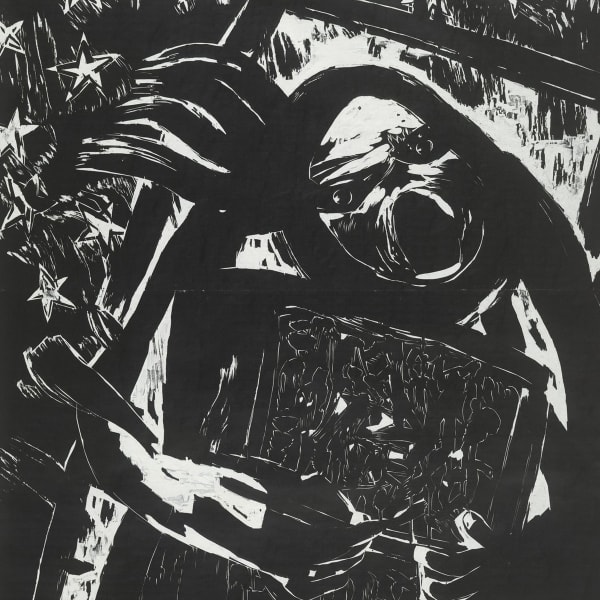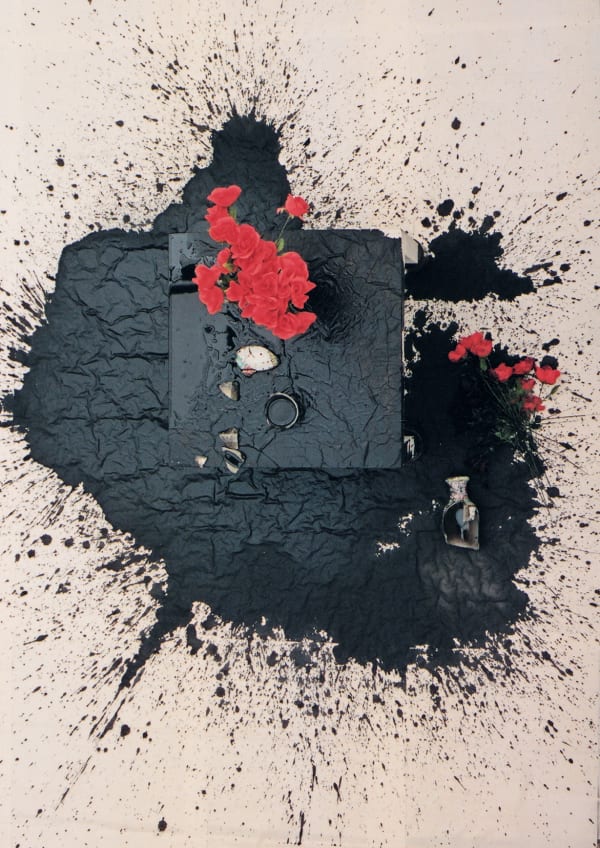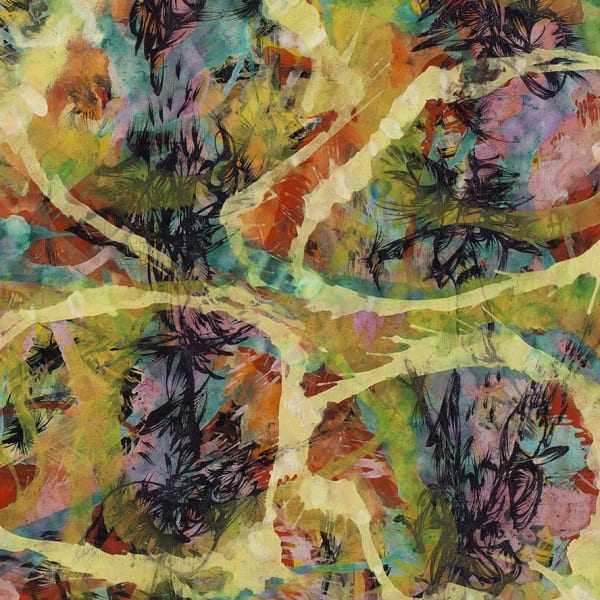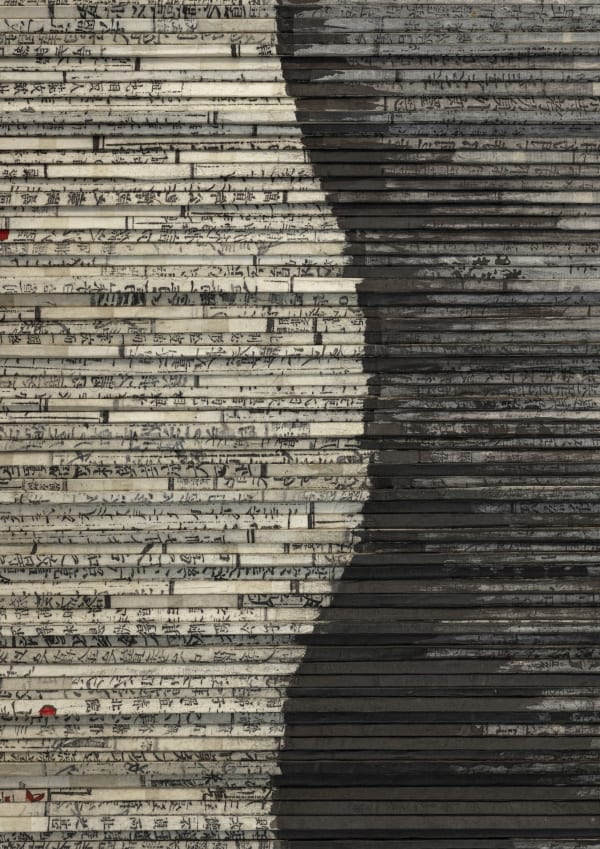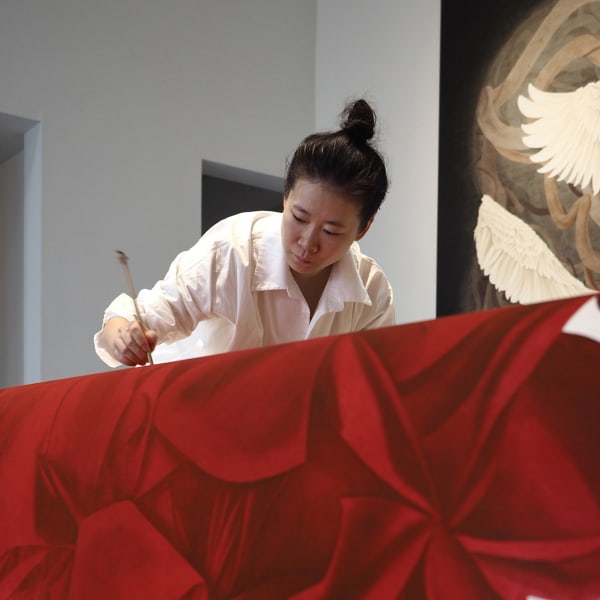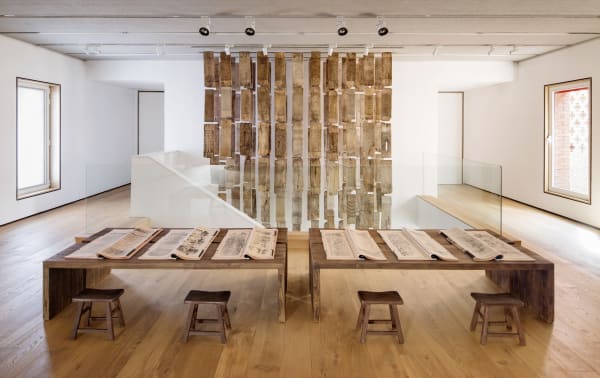-

Bingyi 冰逸
-

Yahon Chang 张耀煌
-

Chen Haiyan 陈海燕
-

Dai Guangyu 戴光郁
-

He Yunchang 何云昌
-

Huang Zhiyang 黄致阳
-

Hung Fai 熊辉
-

Jeong Gwang Hee 郑光熙
-

Kang Chunhui 康春慧
-

Lao Tongli 劳同丽
-

Li Huasheng 李华生
-

Li Jin 李津
-

Liu Dan 刘丹
-

Jennifer Wen Ma 马文
-

Peng Kanglong 彭康隆
-

Su Huang-Sheng 苏煌盛
-

Tao Aimin 陶艾民
-

Tseng Chien-ying 曾建颖
-

Wai Pong-yu 韦邦雨
-

Wang Dongling 王冬龄
-

Wang Tiande 王天德
-

Wei Ligang 魏立刚
-

Xu Bing 徐冰
-

Yang Jiechang 杨诘苍
-

Zheng Chongbin 郑重宾


